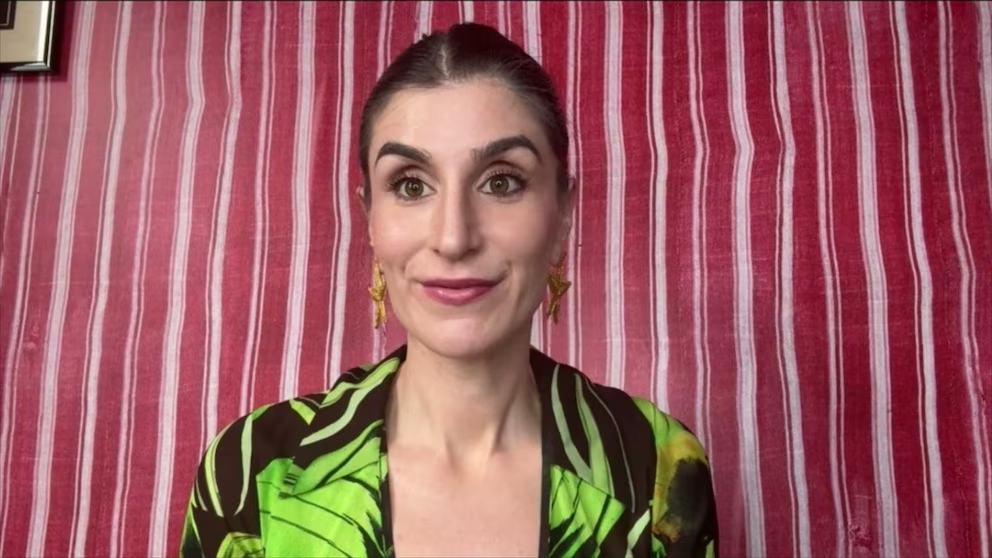
New York Influencer Shares Moments From Her Wedding With Followers
Her recent wedding was captured in more than 20 TikTok videos, which she posted throughout the big day for her half a million followers.
Sourse: abcnews.go.com
GET THE LATEST INTERNATIONAL AND POLITICAL NEWS

Sourse: abcnews.go.com